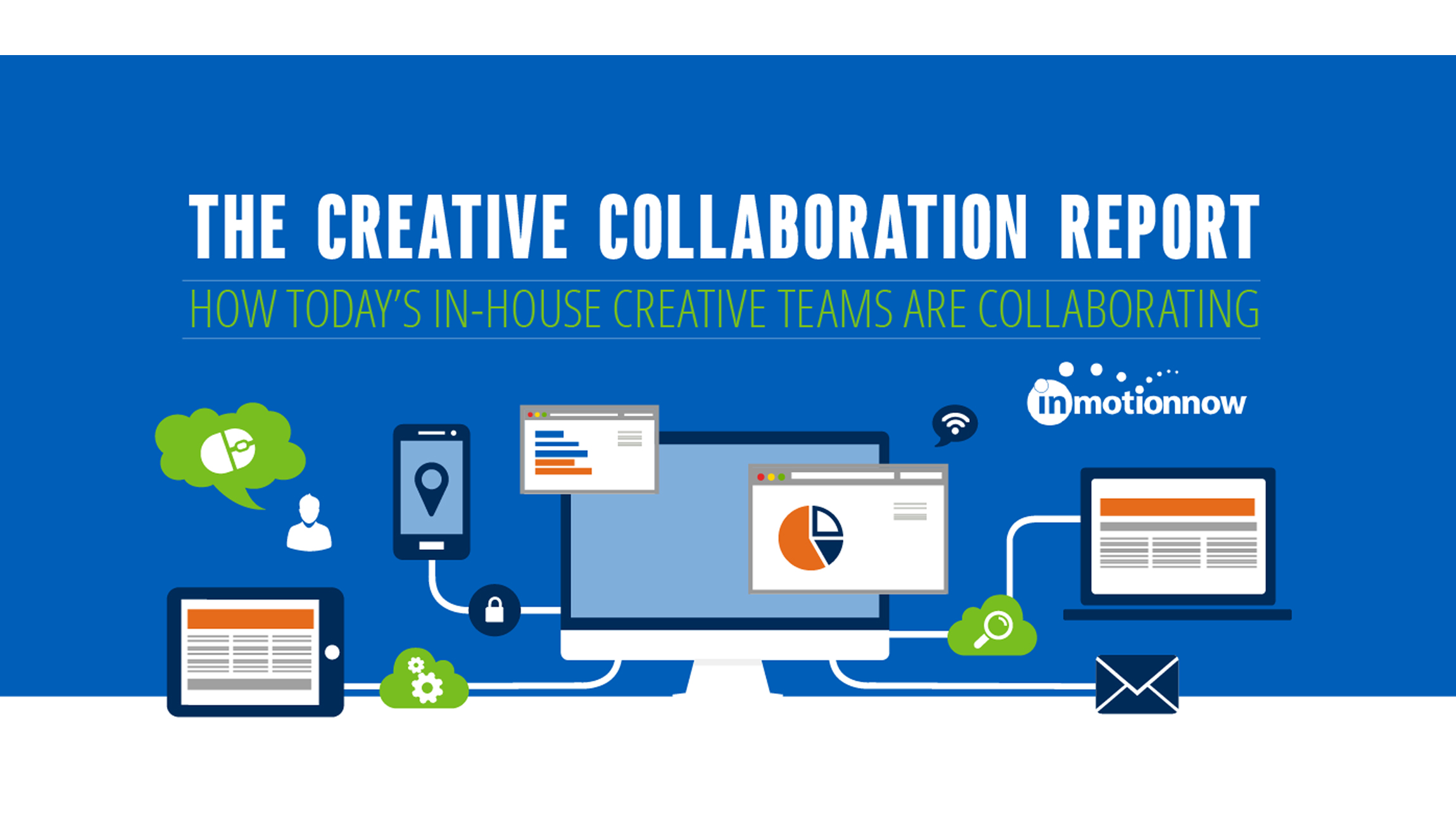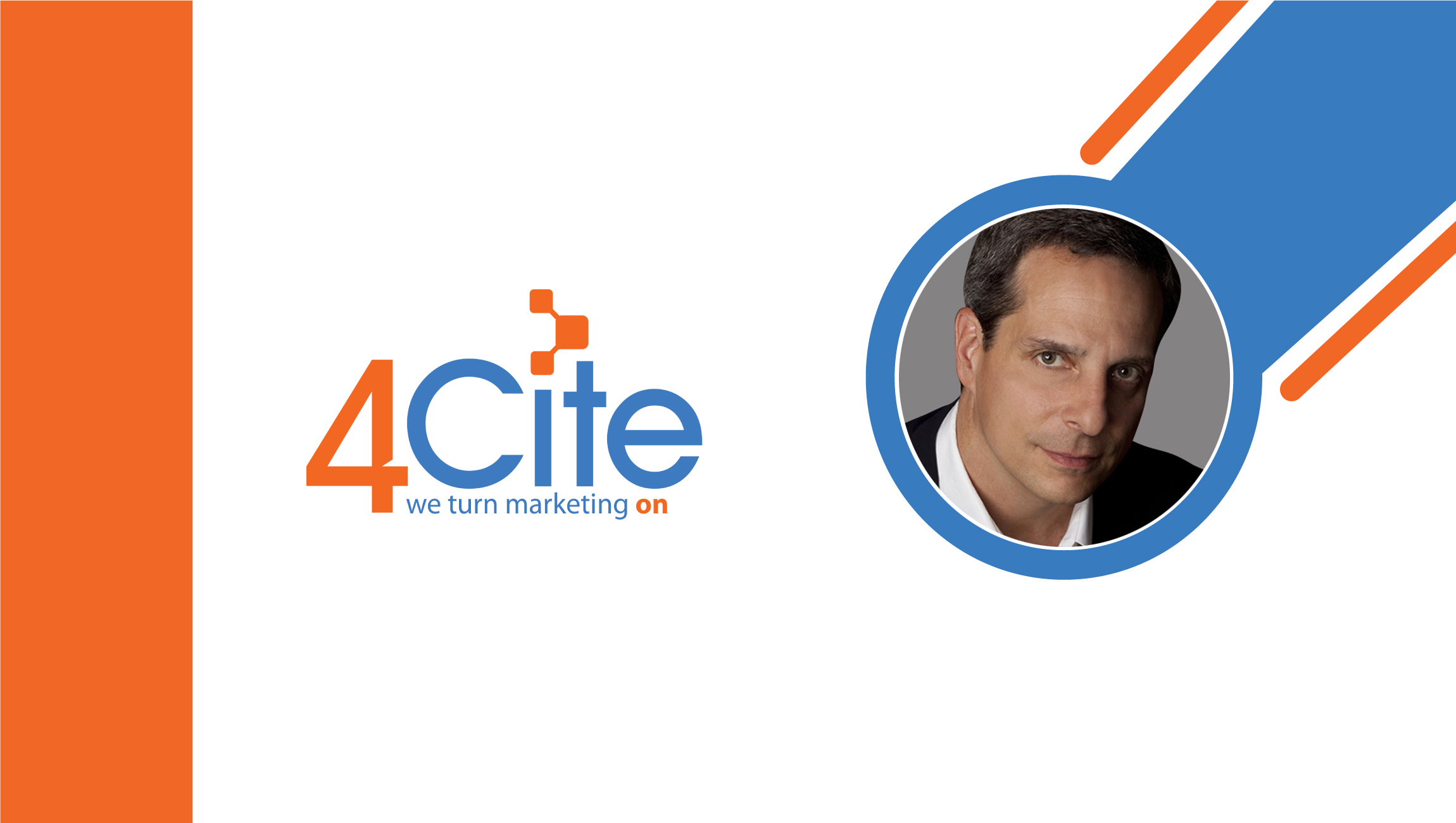It’s not surprising that according to Forrester’s recent DSP Wave analysis, finding significant differences among leading demand side platforms takes some work. “Differentiation is subtle,” concludes the report. That’s an understatement.
The crowded nature of this market and its very commoditization have led the more differentiated and specialized players to avoid the generic DSP moniker altogether. They see the name as constraining at the least and at worst misleading, because they offer services and capabilities that go far beyond data, inventory, and machine learning capabilities that characterize a DSP.
The Wave is focused on “helping marketers make a good choice” in the DSP market. But marketers should keep in mind that there are outstanding data partners off the Forrester radar precisely because the DSP label doesn’t fit.
Forrester used more than 35 criteria to evaluate platform providers on its list. We propose that advertisers and agencies perhaps ask some different questions:
Are you looking for a platform or for a problem to be solved?
Media buying is one part of an advertiser’s marketing operations used to achieve a broader business outcome. But are you looking for a media buying platform, or are you looking to achieve a goal? Look for a provider who starts with the business problem, then applies a data-driven strategy to resolve it.
Do you want reports, or insight?
There is a long, nuanced road between analytics and actionable insight. Vast amounts of first- and third-party data are just the fuel. How that data is interpreted and activated into strategy is the actual engine of marketing performance.
Is micro data enough?
User behavior and purchases are influenced not only by consumer interests, browsing habits, demographic information, and other “micro” data that is the currency of the typical DSP. They are also heavily influenced in the moment by what’s happening around them. Macro data on factors ranging from trending social sentiment to real-time financial market news to current weather are powerful forces, and it’s increasingly important to find providers with the tools to tap into them.
Are you okay with black-box, third-party segments?
Forrester didn’t look closely at the transparency issue in its DSP analysis. Brands would be wise to seek out vendors with log-level integrations with their data providers. This provides visibility into individual users within a segment and a far more granular understanding of audience characteristics and, more important, their potential value.
Do you need more than technology?
DSP platforms may be a commodity, but data experts most certainly are not. Exceptional service, dedicated traders, in-house creative services and experienced strategic guidance are what makes one vendor shine over others and make a relationship exceptional.
Forrester’s report is valid. If you are shopping for a DSP, you should look for things like vast inventory and data support, flexible algorithms, and omni-channel and cross-device capabilities. But if you really want to move your marketing needle, you shouldn’t be shopping for a mere DSP in the first place.











